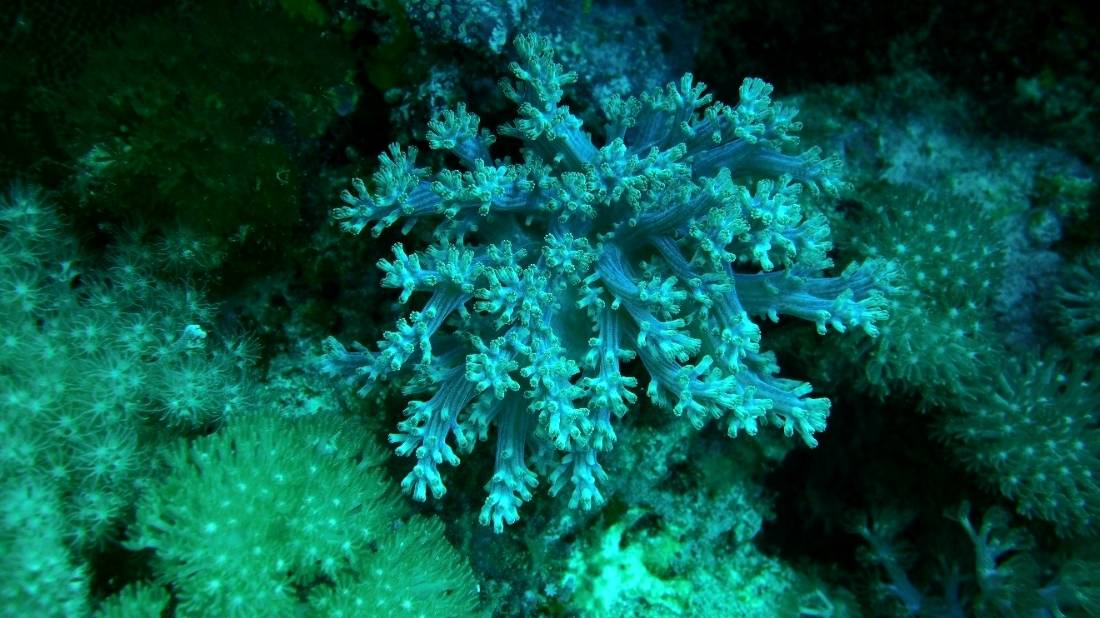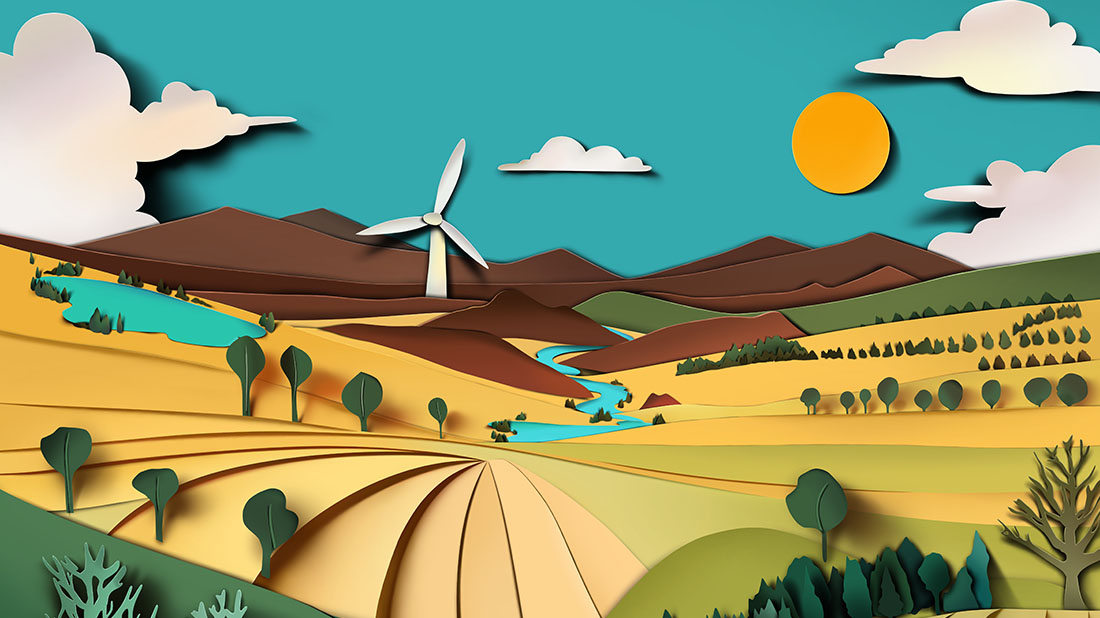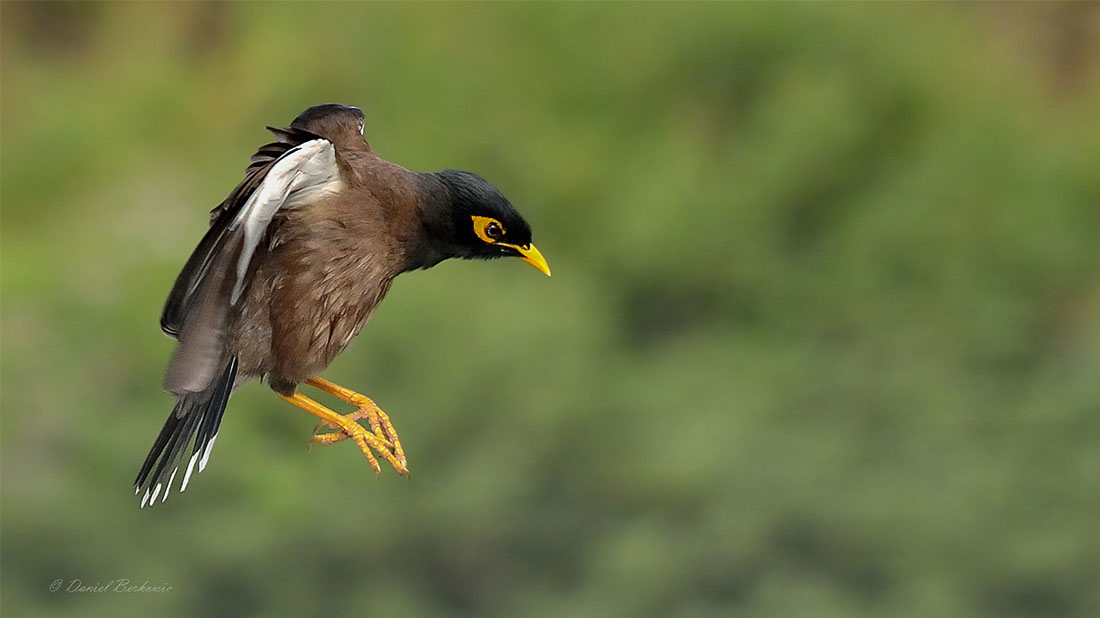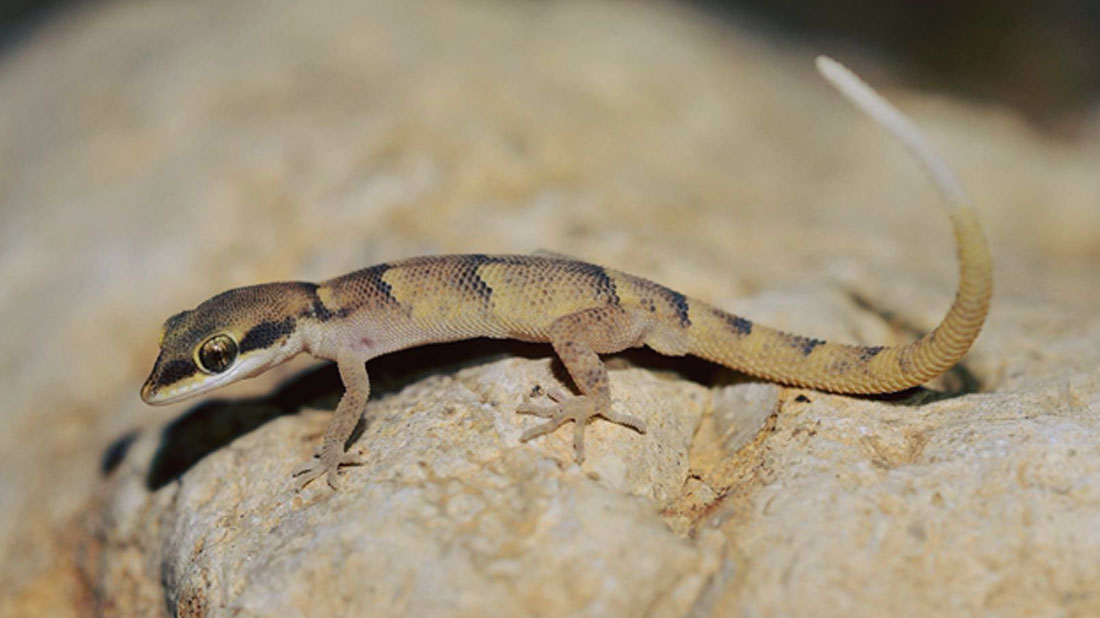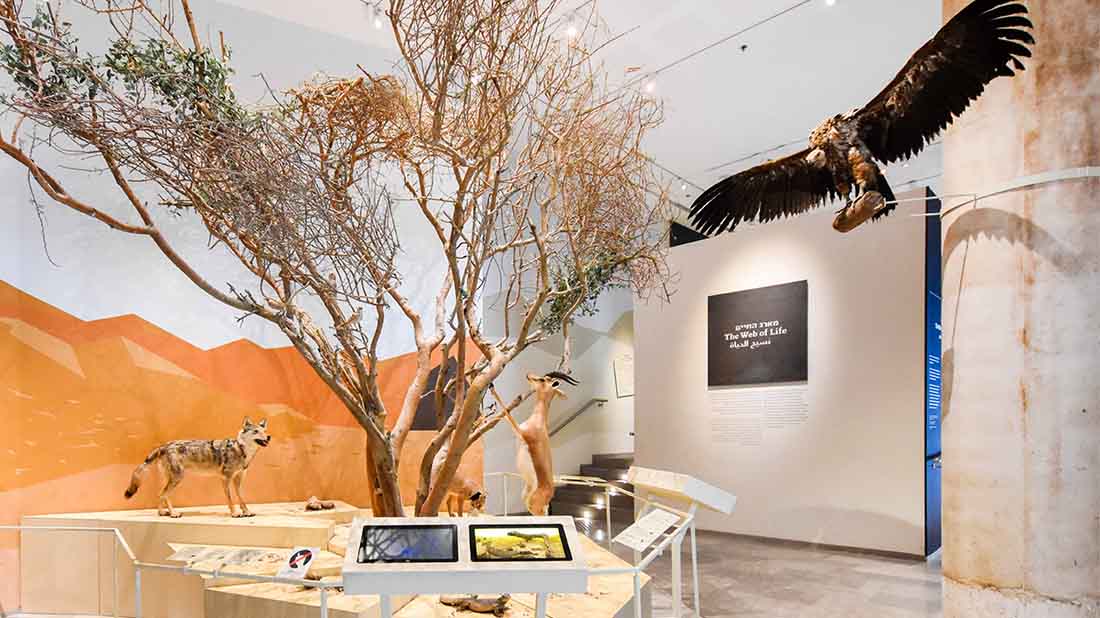The Aquatic collections at the Steinhardt Museum encompass a wide range of marine and freshwater species and are one of the largest and most diverse holdings of this kind in the Middle East.
The collections comprise over 250,000 samples from Israel and abroad, including representatives of over 50 classes of invertebrates. Fishes, Ascidiacea, Echinodermata, Crustacea, Mollusca, Bryozoa, Vermes, Coelenterata and Porifera (sponges) are particularly well represented natural assets, and the majority of them have been digitized. Over the last few years, we have put much effort into procuring and preserving samples for molecular phylogenetic analysis. The collections also contain a great number of type specimens, some representing endemic species to Israel.
The Mediterranean and Red Sea native biota are faced with rapid changes, as the continual influx of invasive Red Sea species into the Mediterranean, rising temperatures, and pollution that transforms ecosystems. The aquatic collections provide a unique resource that helps identify how these processes affect local diversity, biogeography and, more generally, ecosystem services and function in order to mitigate future adverse influences of human activity.
Fishes
The fish collection at the museum includes species from Israel and the surrounding area, collected since the1940s. The collection also holds species collected by Israeli and foreign scientists during Israeli research expeditions to the southern Red Sea area and the Seychelles. Several of the specimens were donated by scientists from distant countries.
The purpose of this collection is to enable the study and documentation of fish species and the detection of direct and indirect changes that have occurred in our aquatic systems as a consequence of human activity. The collections holds over 14,000 samples encompassing more than 130,000 fish specimens, including type specimens, of marine (mostly Red Sea and Mediterranean) and inland water species.
The Mediterranean Sea is undergoing fundamental changes in its biodiversity due to the warming of the waters and continuous penetration of invasive species from the Red Sea. Studies conducted on this subject over the past few years has added many new samples to the collection and an increased insight into the process by which the Mediterranean Sea is slowly becoming a biogeographical extension of the Indian Ocean
Ascidiacea
Ascidians (Phylum: Chordata, Class: Ascidiacea), or sea squirts, are the largest and most diverse class of the subphylum Tunicata (also known as Urochordata). They comprise approximately 3,000 species found in all marine habitats from shallow water to the deep sea. Despite the enormous progress that has been achieved in the field of ascidian research worldwide, the sea squirt fauna of the Red Sea and the Eastern Mediterranean remain overlooked.
The collection at the Steinhardt Museum is the frontline source of information about ascidians of these regions, with a focus on documenting the arrival and spread of non-indigenous species along the Mediterranean coast. In order to allow identification of ascidians to species level, the live material is routinely fixed in formaldehyde, thus preventing in many cases DNA-based research in most of the ascidian collections worldwide. Our collection is unique in that it enables molecular based studies on material preserved in ethanol together with classic taxonomic research on the corresponding species. The collection is databased and currently includes more than 500 specimens from the Red Sea and Mediterranean, and is expanding.
Soft corals (Alcyonacea)
The soft coral collection (Cnidaria: Octocorallia) at the Steinhardt Museum of Natural History, comprises over 10,000 samples, of which ~400 are invaluable type specimens, representing various biogeographical regions in the Indo-Pacific Ocean. The collection was established during the 1950s and early1960s by the late Prof. L. Fishelson and the Prof. C. Lewinsohn, initiated by pioneering surveys of Eilat’s reefs and the southern Red Sea (Dahlak Archipelago, Eritrea).
The continuous and broad documentation of soft corals from the Red Sea undoubtedly contributes to the collection’s worldwide scientific reputation and significance. Additionally, the collection holds a variety of species from the west Indian Ocean including east African coast (Kenya, Tanzanian, Mozambique and South Africa) and its islands (Mayotte, Reunion Is., Europa and Glorieuses Is.). Similarly, collections have yielded diverse soft corals from the Japanese coral reefs (Ryukyu Archipelago), Taiwan, Hong-Kong, Thailand, Fiji, Singapore, Guam, Fiji, Hawaii and more. In recent years, unique and novel mesophotic material (30-150 m), mainly from the northern Red Sea, has been collected by state-of-the-art devices, thus substantially adds to the scientific value of the collection.
The preserved soft coral samples allow taxonomic identification also by using modern microscopy, while the subsamples in absolute ethanol allow application of advanced molecular techniques, both of which needed for thorough phylogenetic studies.
Sponges (Porifera)
Sponges (phylum Porifera) constitute a diverse and abundant basal Metazoan group that dwells mainly in hard-bottom marine habitats worldwide. They are sessile filter feeders and play an important ecological role in benthic communities of the Mediterranean Sea and in coral reefs of the Red Sea.
The sponge collection includes numerous marine specimens collected mostly in the Eastern Mediterranean and the northern Red Sea (Gulf of Aqaba and Gulf of Suez). Other material originated from the southern Red Sea, West Indian Ocean, West Mediterranean, the Caribbean and some samples came from the Eastern Pacific Ocean. The collection also hosts freshwater sponges from Israel and from the continental USA. Most specimens are preserved in ethanol, but some are kept as dry skeletons.
During the last decade sub-samples have been preserved for molecular studies. Among thousands of samples that represent hundreds of species, the collection includes also holotypes and paratypes of endemic species found off the Israeli coasts at various depths: Amphimedon chloros, Bubaris saryi, Callyspongia (Euplacella) paralia, Hemimycale Arabica, Niphates rowi, Petrosia (Petrosia) elephantotus, Rhabderemia batatas, Rhizaxinella shikmonae, Suberea purpureaflava and Topsentia aqabaensis.
The collection covers almost exclusively the class Demospongiae, although the class Calcarea and some Homoscleropmorpha are represented as well.
Crustacea
Crustacea (crabs, lobsters, crayfish, shrimps, prawns, krill, barnacles and the like) are represented in the collection of the Steinhardt Museum by more than 6,480 digitally registered samples. Of these, approximately 5,255 originated from the Mediterranean Sea, 210 from the Red Sea and 40 from inland waters of Israel. There are approximately 60 type specimens in the collection.
The records from the 1940s through 1960s reflect investigations of the biota of the continental shelf off Israel by the Sea Fisheries Research Station (SFRS), and highlight a significant number of Erythraean species that have been established along the coast (Gottlieb-Gilat collection).
In 1962, and again in 1965, Israeli expeditions collected material off Dahlak Archipelago in the southern Red Sea (ISERSE), including decapod crustaceans. Part of the material is deposited in our collection. In 1967, a joint program by the Smithsonian Institution, the Hebrew University of Jerusalem and the SFRS was established to investigate the spread of the Erythraean biota in the Levant (Israel, Cyprus, Rhodes) and its impact on the native biota.
Prof. Ch. Lewinsohn greatly enriched the knowledge of decapod crustaceans (especially Anomura) from the Red Sea and the Levantine basin of the Mediterranean. By the early 1980s it was widely perceived that the littoral and infralittoral biota of the Levantine Sea was undergoing a rapid and profound change. Since the 1990s most of the specimens accrued to the collection stem either from the previously unexplored deeper parts of the continental shelf and slope, or are newly recorded alien species.
New material is being acquired mainly through scientific research programs or monitoring surveys.
Echinodermata
The Echinodermata collection at the Steinhardt Museum of Natural History comprises more than 3,000 specimens collected since 1943. The collection covers all five Echinodermata classes (Holothuroidea, Echinoidea, Crinoidea, Asteroidea, and Ophiuroidea) and all orders and families.
With specimens coming from all of the world’s oceans, from the southern Red Sea and West Indian Ocean, through the East Pacific Ocean from Japan to Australia and Hawaii, to the Atlantic and Arctic waters, the collection is mainly focused on the fauna of the eastern Mediterranean and northern Red Sea (Gulf of Aqaba and Gulf of Suez).
The material represents most of the known species in the eastern Mediterranean and Gulf of Aqaba found from 1400 m depth to the intertidal zone. The majority of specimens are preserved in ethanol and since 2015 all newly collected material is specifically sampled for molecular studies; genetic barcodes exist for most species in the collection.
Vermes (worms)
The term “Vermes” (worms) historically refers to a mixture of unrelated systematic groups, which are all “worm-like” in their appearance. The collection comprises specimens from the Platyhelminthes (flatworms, tapeworms and flukes), Nematoda (roundworms and hookworms), Sipunculida (peanut worms) and Annelida (leeches, earthworms and bristle worms). To date, the Steinhardt Museum of Natural History collection contains hundreds of specimens, most of which are bristle worms (Polychaeta).
The material has been collected in the Mediterranean and Red Seas, as well as inland water bodies in Israel. Most polychaetes live in marine environments, while some dwell in brackish and fresh waters, and few are even terrestrial. This diverse phylum consists of more than 80 families and approximately 15,000 described species with an amazing variation of body forms and sizes.
Polychaetes play an important role in ocean food webs: some are predators, others are filter feeders, scavengers, symbionts and some even grow their own food. They are often the one of the most abundant animals in benthic communities and are vital for structuring and oxygenating the sea floor, similar to earthworms’ role in terrestrial environments.
The collection, which includes samples dating back over five decades, is growing and expanding. Only during the last three years, over 1000 specimens have been added through collaboration with researchers from Tel-Aviv University and other institutes.
Bryozoa
Bryozoa, also known as Ectoprocta and Polyzoa, or moss animals, are a phylum of aquatic colonial invertebrates. Most bryozoans live in marine environments, while representatives of one class occur in freshwaters. They are active suspension feeders consuming mainly phytoplankton. Most colonies are sessile attached to hard natural and artificial substrates, as well as to algae. The colony shape varies from encrusting (plate-like) to bush- and lace-like structures. Bryozoans form an important part of the fouling community, with many species dispersing along shipping routes and becoming established as non-indigenous species.
This diverse phylum consists of approximately 6,000 extant species and at least twice as many in the fossil record.
The Steinhardt Museum collection contains about 300 samples from the Israeli Mediterranean coast and the Gulf of Eilat, as well as from the Red Sea in Egypt.
While the Mediterranean bryozoans are considered well studied, the Levant Basin as a whole is poorly investigated. Our collection, which includes samples dating back over five decades, provides information on the biodiversity, dispersal and establishment patterns of marine species in the Eastern Mediterranean.


